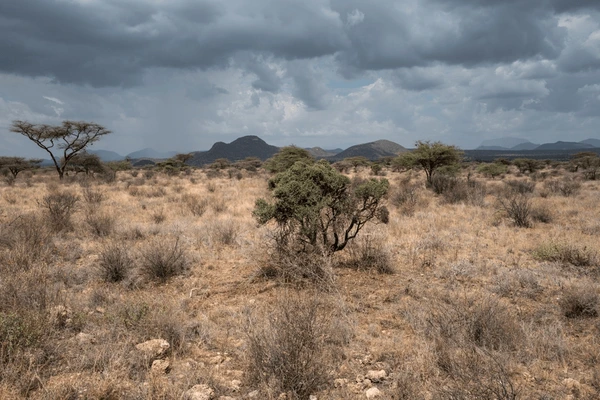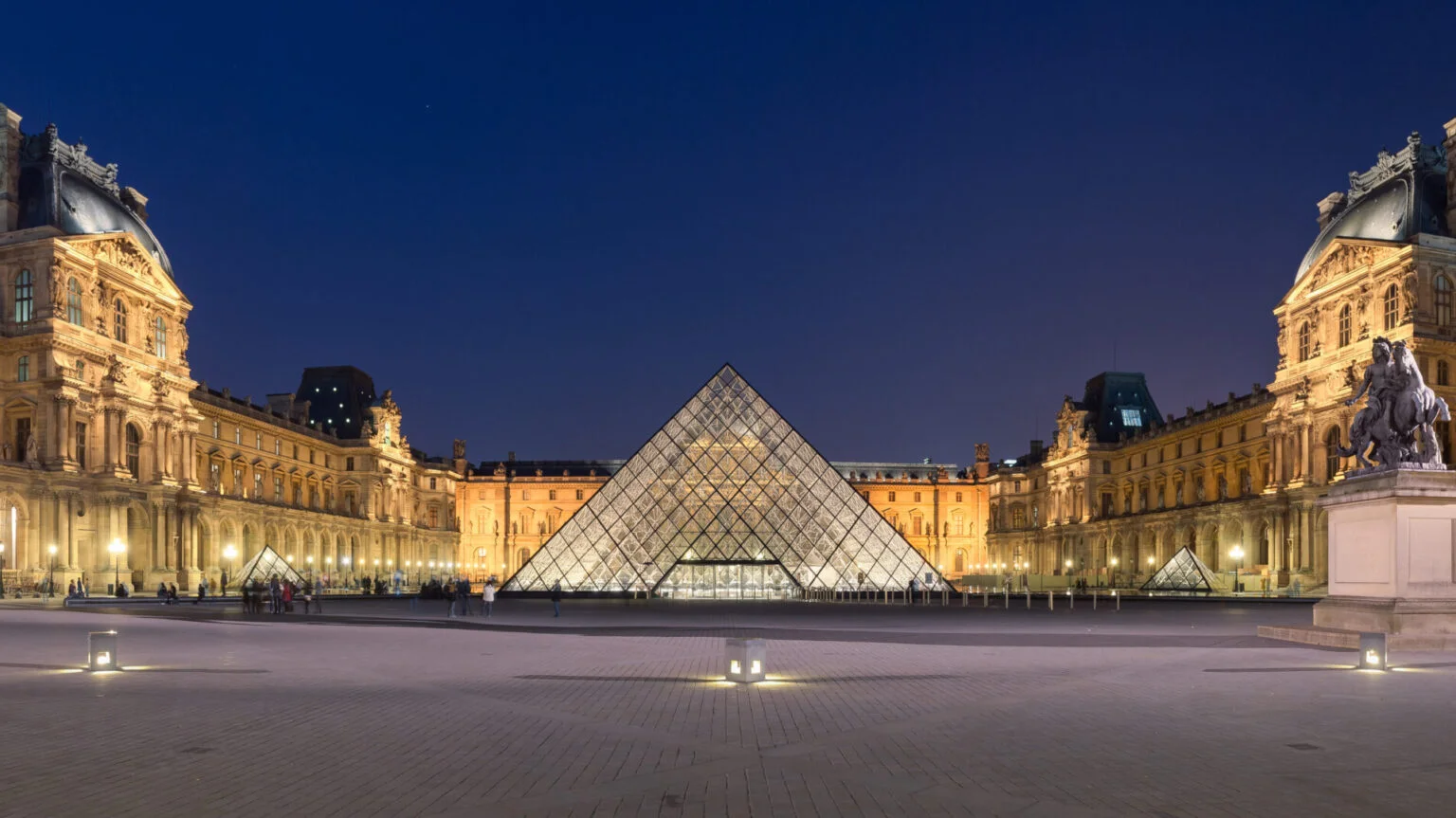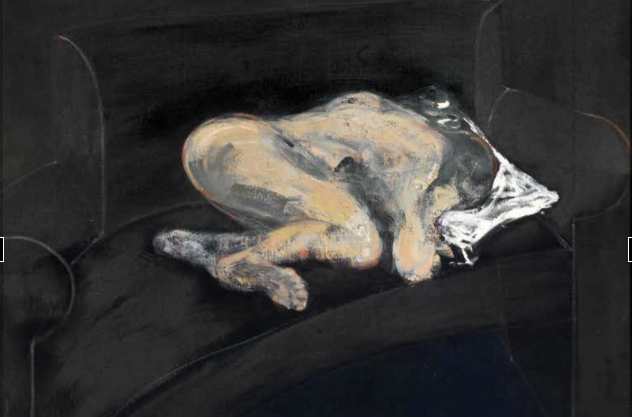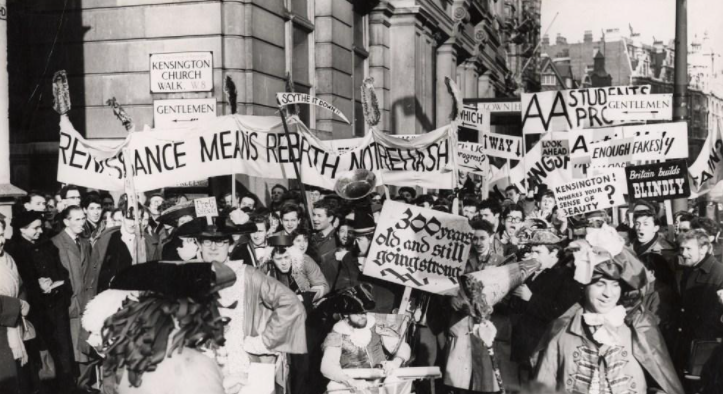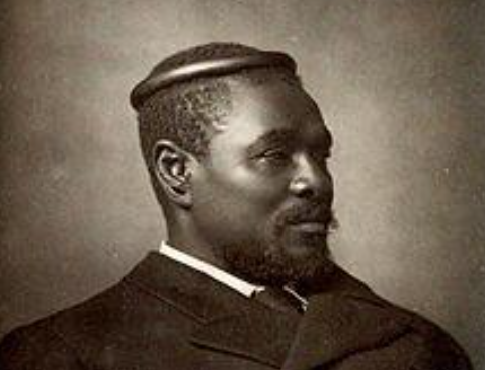Digitisation centre at NHM breaks ground
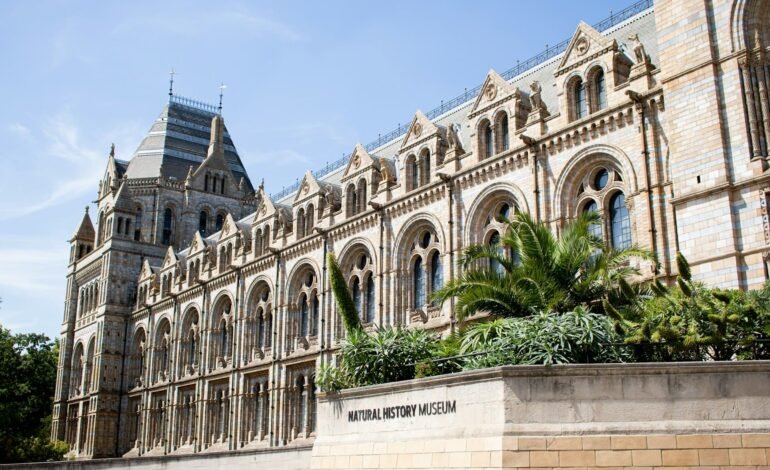
The Natural History Museum has broken ground at a new “state-of the-art” collections, research, and digitisation centre. Located in Thames Valley Science Park in Shinfield, the “innovative” campus of the University of Reading, the new facility will house purpose-storage for 28 million specimens, approximately a third of the museum’s collection.
The “major science hub” will provide “innovative digital, analytical, and genomic technologies and facilities for the scientific community.”
The collection of mammals, non-insect invertebrates (including corals, crustaceans, molluscs, and worms), fossilised mammals and invertebrates, molecular collections, and micropaleontology will all be housed in the all-new centre in “bespoke” storage.
Microscopic water bears that can survive in outer space, as well as the fossil remains of “majestic” whales, the collection includes specimens that span millions of years of the planet’s history, representing every ocean, ecosystem, and continent. Transporting the collection to Shinfield is “one of the largest moves of natural history specimens globally.”
Located in the “heart of the M4 corridor high-tech hub,” the facility will include “cutting-edge” equipment and labs, featuring an imaging analysis centre with digitisation suites, “state-of-the-art” molecular biology laboratories, including ancient DNA labs, cryo-facilities for tissue storage, conservation labs, and specimen preparation labs, complete with quarantine facilities.
The new centre has been developed in partnership with the University of Reading and builds on an existing foundation of collaborative projects between the museum and university. Further partnerships are planned to “find solutions to urgent global challenges.”
Stay tuned to EyeOnLondon for the latest news and expert opinions.
Follow us on:
Subscribe to our YouTube channel for the latest videos and updates!
We value your thoughts! Share your feedback and help us make EyeOnLondon even better!



